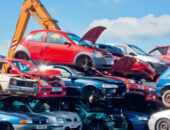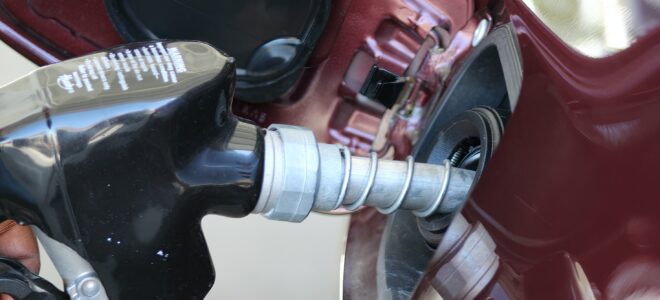
Enhancing your vehicle’s fuel economy is not just a financial boon but also a positive stride toward environmental sustainability. By curbing the amount of driving through practices such as carpooling, utilizing public transportation, and consolidating trips, individuals can make substantial contributions to reducing both personal expenses and emissions.
While reducing overall driving remains a potent solution, it’s equally crucial to recognize the profound impact of driving habits on fuel economy.
According to the U.S. Department of Energy, poor driving habits can lead to a significant decrease in fuel efficiency, ranging from 15% to 30% at highway speeds and 10% to 40% in stop-and-go traffic conditions, depending on the vehicle type.
To empower you in maximizing fuel efficiency, we’ve compiled a set of practical tips and strategies.
Tip 1: Maintain Proper Tire Inflation
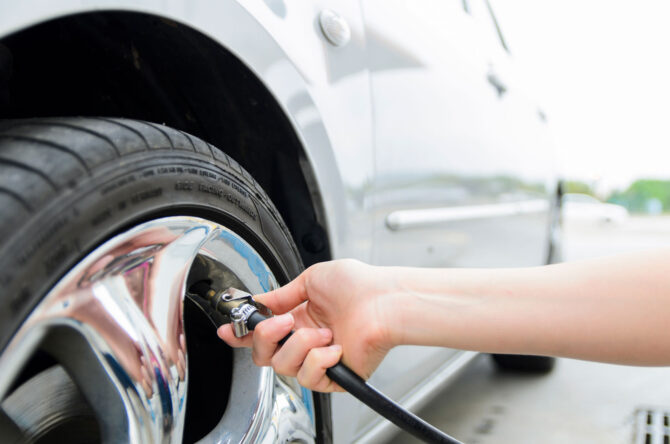
Source: aaa.com
Many studies have found that the majority of vehicles have tires that are not inflated to the recommended level. Underinflated tires can negatively impact both your wallet and tire life.
According to research, 60-80% of cars on the road have low tire pressure. This leads to increased fuel consumption, costing owners hundreds of dollars per year in unnecessary spending on gas.
Additionally, tires that are underfilled wear out quicker than properly inflated tires. By shortening tire lifespan, low pressure drives up the frequency of tire replacements over the lifetime of a vehicle.
To maximize tire performance and longevity, drivers should check inflation levels regularly.
The best way is to use an accurate tire gauge to measure pressure. The manufacturer’s pressure specification is molded into the driver’s side door frame. Check it out or consult your car’s owner’s handbook. Inflate each tire to the level indicated to ensure optimal fuel efficiency and tire wear.
Tip 2: Invest In Engine Tuners
Vehicle engine chips have the potential to improve fuel economy and save money at the gas pump.
While some drivers choose to tune their engines for increased power and performance, most opt for modifications that enhance fuel efficiency. Even modest gains can meaningfully upgrade a vehicle’s fuel-related components and lower operating costs over time.
According to Diesel Power Products, it’s important to note that professional tuning is focused on optimizing engine efficiency above all else. A well-designed tune can provide both peppier performance and better mileage, but those targeting only fuel economy may see some power sacrificed.
When selecting a tuner, research options that are known for their fuel-saving results, such as companies like Bully Dog tuners specializing in promoting fuel efficiency. With the right tuner’s assistance, owners can achieve significant efficiency without compromising the enjoyment of the drive.
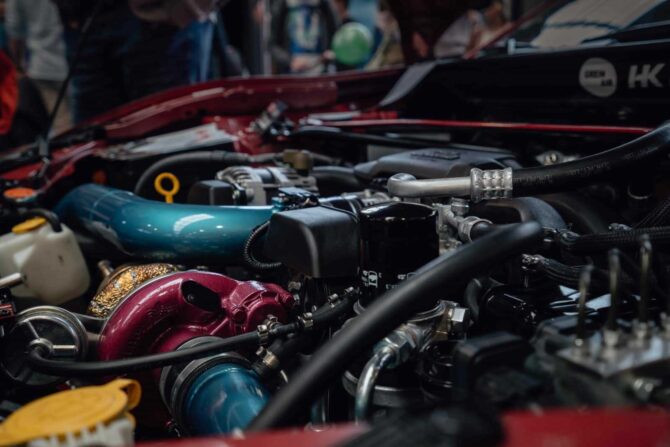
Source: carfromjapan.com
Tip 3: Efficiency Through Conservative Driving
One of the most effective ways to improve fuel economy is driving in a slow and steady manner. Higher speeds significantly increase wind and tire resistance, rapidly decreasing gas mileage above 50 mph.
For many vehicles, every 5 mph over that threshold is akin to paying an extra $0.30 per gallon based on current fuel costs. Simply reducing speed by modest amounts, such as 5-10 mph, can boost efficiency 7-14%.
On the highway, using cruise control aids in maintaining a steady speed. Cars expend the most energy when accelerating from a stop. Obeying posted limits, accelerating and braking gently and gradually, and anticipating traffic flow can enhance fuel efficiency 15-30% at highway speeds and 10-40% in stop-and-go driving.
Conservative operation also makes roads safer for all. With a lighter foot on the pedal and sensible use of adaptive features like cruise control, drivers see savings at the pump while promoting safety.
Tip 4: Maintaining Clean Airflow
One simple maintenance task that can aid fuel efficiency is regularly replacing your vehicle’s air filter. The engine takes approximately 14 million gallons of air annually through this filter. On older models without sophisticated computer controls, a dirty air filter can increase fuel usage by almost 10% as the engine works harder to draw in air.
For newer vehicles, smart engine computers detect reduced airflow caused by a clogged filter and adjust by cutting back on fuel injection. As a result, power and acceleration will be compromised.
Checking and replacing the air filter during standard oil changes, at minimum once per year, helps ensure optimal airflow.
Drivers operating in dusty or dirty road conditions may need to inspect and service the filter more frequently to keep the intake clean. Regular filter maintenance supports both engine performance and fuel economy over the long run.
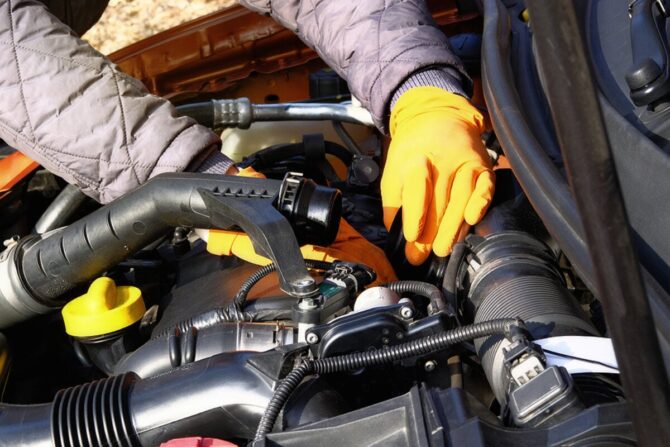
Source: way.com
Tip 5: Identifying Brake Drag for Improved Efficiency
Brake drag can significantly impact fuel economy by forcing the engine to work harder than necessary. Over time, rust and wear can cause brake calipers to bind, leaving shoes or pads in partial contact with rotors and resulting in unwanted resistance.
Catching this issue early doesn’t require a shop visit. Home assessment with an affordable infrared temperature gun allows DIY diagnosis. Simply remove any wheel covers after driving and aim the laser thermometer at each hub area.
A difference of more than 20% between left and right readings is a telltale sign of a potential dragging brake in need of inspection. Addressing such friction keeps your vehicle operating at peak efficiency.
Regular thermometer checks provide peace of mind between scheduled brake maintenance. With small tools and some simple testing, drivers can independently monitor a common efficiency-robbing problem.
Conclusion
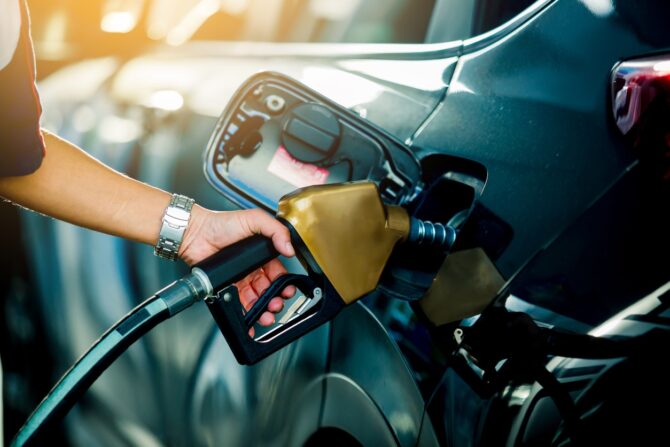
Source: firestonecompleteautocare.com
In conclusion, making smart choices about driving habits and vehicle maintenance can meaningfully improve your fuel economy and lower costs.
Small adjustments like conserving speed, timely filter replacements, and addressing issues that create unnecessary drag can offer significant savings at the pump with only minor effort. Empower yourself to maximize efficiency by applying practical tips that respect both your budget and the environment.

